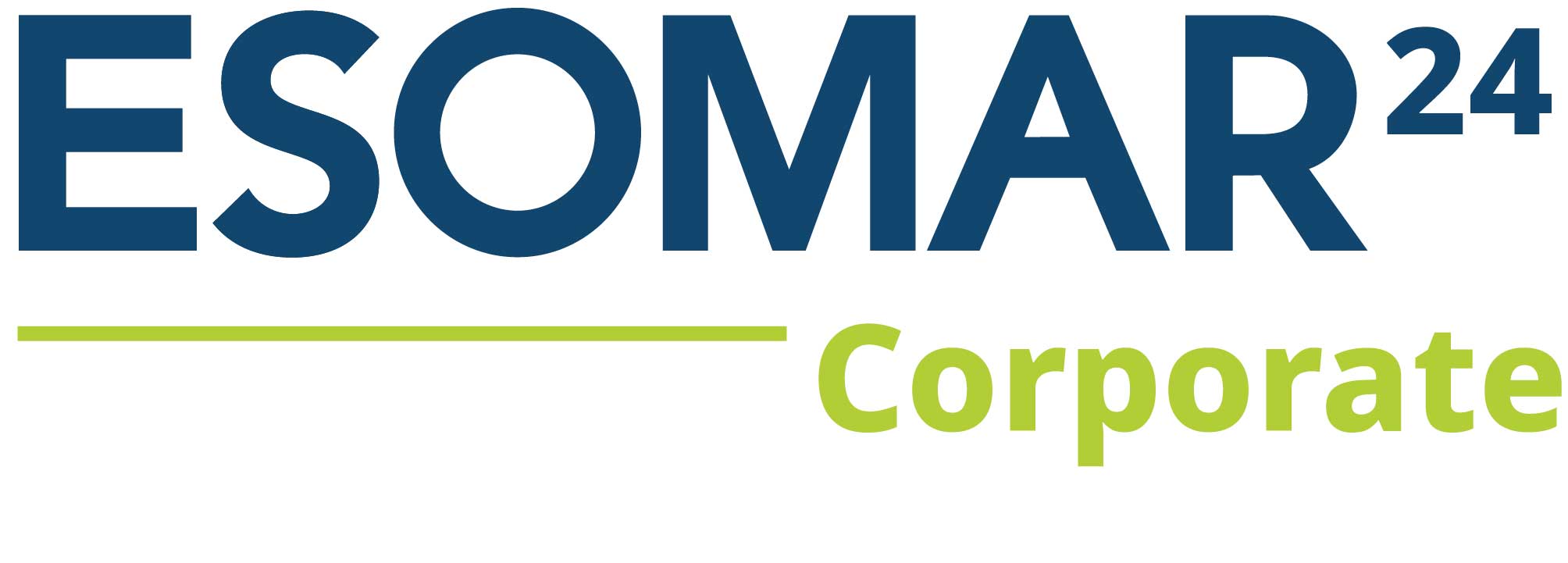The 10 Most Spoken Languages in the World
13th October 2014
Language is the human capacity for acquiring and using complex systems of communication. It’s an essential part of our lives. We use language to inform the people around us of what we feel, what we desire, and to question and understand the world around us. Trying to establish the most common languages can be a rather tricky task. We have selected these as the top 10 languages, using the most current, up-to-date, data:
1. English
Moving up to the top spot, English is the most widely spoken language in the world. It’s recognised as the lingua franca of the financial and commercial world and, as consequence, the most influential language with 1.2 billion speakers. USA, Australia, New Zealand, UK, Canada and South Africa are some of the countries where this language is commonly used. Most European countries teach English as the 2nd language at schools.
2. Mandarin
With over 1.12 billion speakers, Mandarin claims the second spot as the world’s most common language. Mandarin is one of the five major dialects of Chinese, the official language of China, as well as one of the four official dialects in Singapore. Approximately 14.4 percent of the world’s population are native speakers of Mandarin.
3. Hindu
Nearly 342 million people speak Hindi as a first language and around 295 million as a second language. Hindi is the official language of India and is also spoken in countries outside India including Mauritius, Fiji, Suriname, Guyana, Trinidad & Tobago and Nepal.
4. Spanish
Also known as Castilian Spanish, due to its origins in the Castile region of Spain, it is the official language of Spain. Its Latin American Spanish variants are spoken across central and south America; and in the USA, due to migration from its southern neighbours. With a total of 537.9 million speakers, Spanish takes the number four spot.
5. French
French is an official language in 29 countries across five different continents. It is spoken as a first language in France, Canadian provinces of Quebec and New Brunswick as well as other Francophone regions, Belgium (Wallonia and Brussels), western Switzerland, Monaco, parts of the United States (Louisiana, Maine, New Hampshire, and Vermont), and by various communities elsewhere. There are 276.9 million French speakers around the world and for 77 million, French is their native language.
6. Arabic
Arabic is the official language of the 22 countries that form the Arab League. It’s the native language the 290 million people residing in this geographical region, that stretches from southwest Asia to northwest Africa, and also known as the Arab World. Arabic also has 132 million speakers as a second language.
7. Bengali
Bengali is spoken by around 265.2 million people as a first or second language, with some 100 million Bengali speakers in Bangladesh; about 85 million in India, primarily in the states of West Bengal, Assam, and Tripura; with sizable immigrant communities in the United Kingdom, the United States, and the Middle East.
8. Russian
258 million people speak the Russian language – an official language in Russia, Belarus, Kazakhstan, Kyrgyzstan and many minor or unrecognised territories throughout Eurasia. It is the most geographically widespread language of Eurasia and the most widely spoken of the Slavic languages (followed by Polish and then Ukrainian). Russian is also the largest native language in Europe, with 154 million native speakers in Russia, Ukraine and Belarus.
9. Portuguese
Of the 252 million Portuguese speakers worldwide, nearly 150 million of them speak Brazilian Portuguese, the most common language variant. There are eight Portuguese speaking countries: Portugal, Brazil, Mozambique, Angola, Cape Verde, The Republic of Guinea-Bissau, Sao Tome and East Timor.
10. Malay
Malay is a language of the Austronesian family, spoken in Brunei, Indonesia, Malaysia and Singapore. 281 million people across the globe speak Malay. Malay became the basis for the national language of Malaysia, and its dialect known as the Indonesian language serves as the national language in Indonesia. The primary differences between standard Indonesian and Malay exist in pronunciation, vocabulary, and accent and are believed to have developed due to external influences, as the Dutch and Javanese languages came to influence the Indonesian language and the English to influence Malay.
